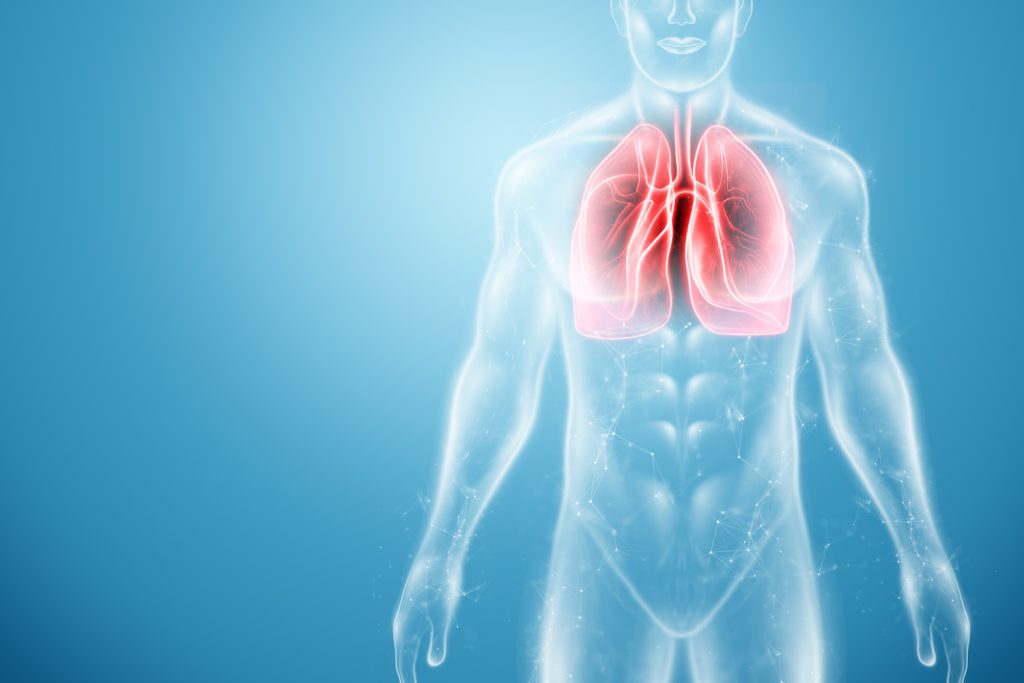Sarcoidosis is a rare disease where inflamed cells clump together to make small lumps called granulomas which can develop in any part of the body. However, sarcoidosis is mainly found in the lungs (90%), and the lymph glands that drain the lungs. Additionally, it can affect other parts like the liver, nervous system, skin, eyes, joints, spleen, nose, and muscles.
This inflammation (Sarcoidosis) is reversible, but it can sometimes progress to scarring, affecting different patients differently.
What are the symptoms of sarcoidosis?
- Tiredness & sever fatigue
- Sweats
- Short of breath
- Chest pain
- Abnormal heart rhythm
- Dry cough
- Feeling ill or feverish
- Red, painful eyes with impaired eyesight
- Swollen glands in the face, neck, armpits, or groin
- Skin rashes
- Painful joints, bones, or muscles
How is sarcoidosis diagnosed?
It is not easy to diagnose sarcoidosis as it shares symptoms with many other diseases. This is the main reason for the delay in diagnosis. In addition, the diagnosis tests differ depending on the location or affected part with sarcoidosis.
Pulmonary sarcoidosis:
- X-ray or CT scan
- Bronchoscopy
- Lung tissue sample (Biopsy)
- EBUS-TBNA procedure (bronchoscope with ultrasound)
Sarcoidosis in other parts of the body:
- Blood tests
- Urine tests
- Biopsy of the affected area
- Electrocardiogram (ECG)
How is sarcoidosis treated?
Sarcoidosis can get better without medication. The treating physician can keep an eye on the patient’s symptoms for a few months before considering any treatment for sarcoidosis. In general, treatment may be needed if symptoms affect the patient’s quality of life and/or organs scarring is severe enough to be potentially dangerous. Painkillers such as ibuprofen or paracetamol can help if sarcoidosis is causing pain, such as muscle or joint pain. On the other hand, steroids are an effective treatment that can be used directly on the affected part of the body. But in case the patient is taking steroids for a long time, adverse events should be monitored closely. Some patients may need to take other medications called immunosuppressants that help control their bodies’ immune system, such as methotrexate, azathioprine, hydroxychloroquine, and mycophenolate mofetil (MMF).





